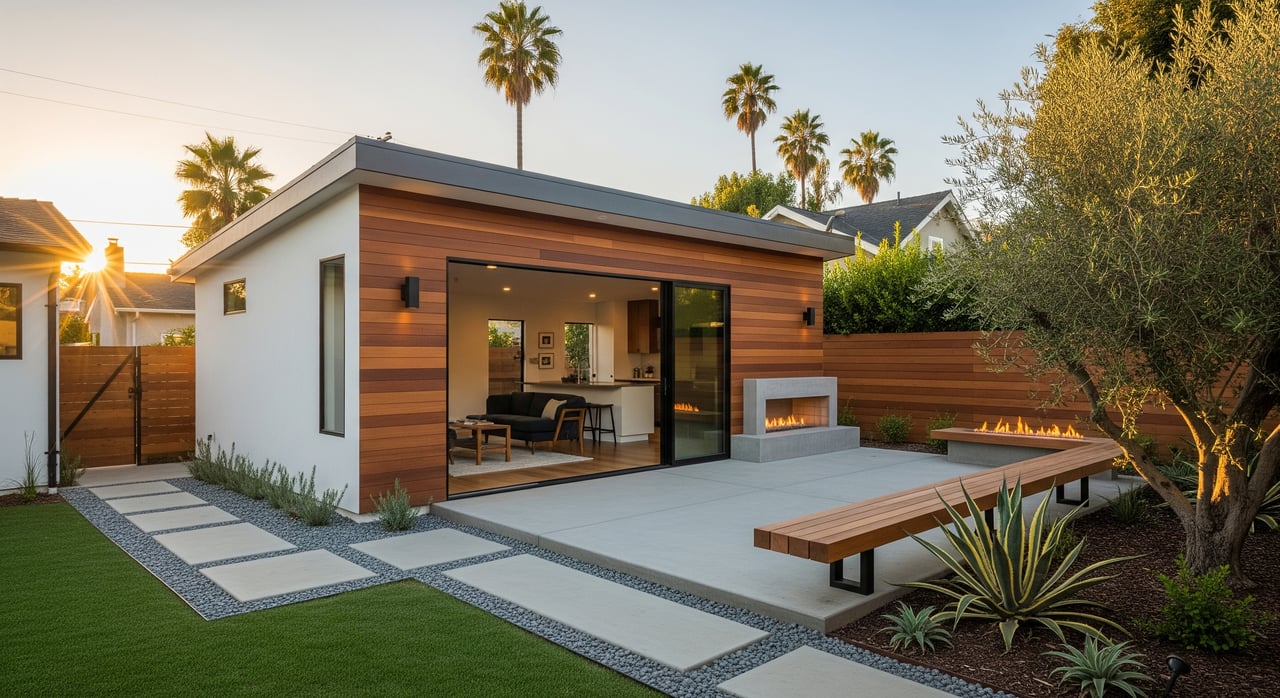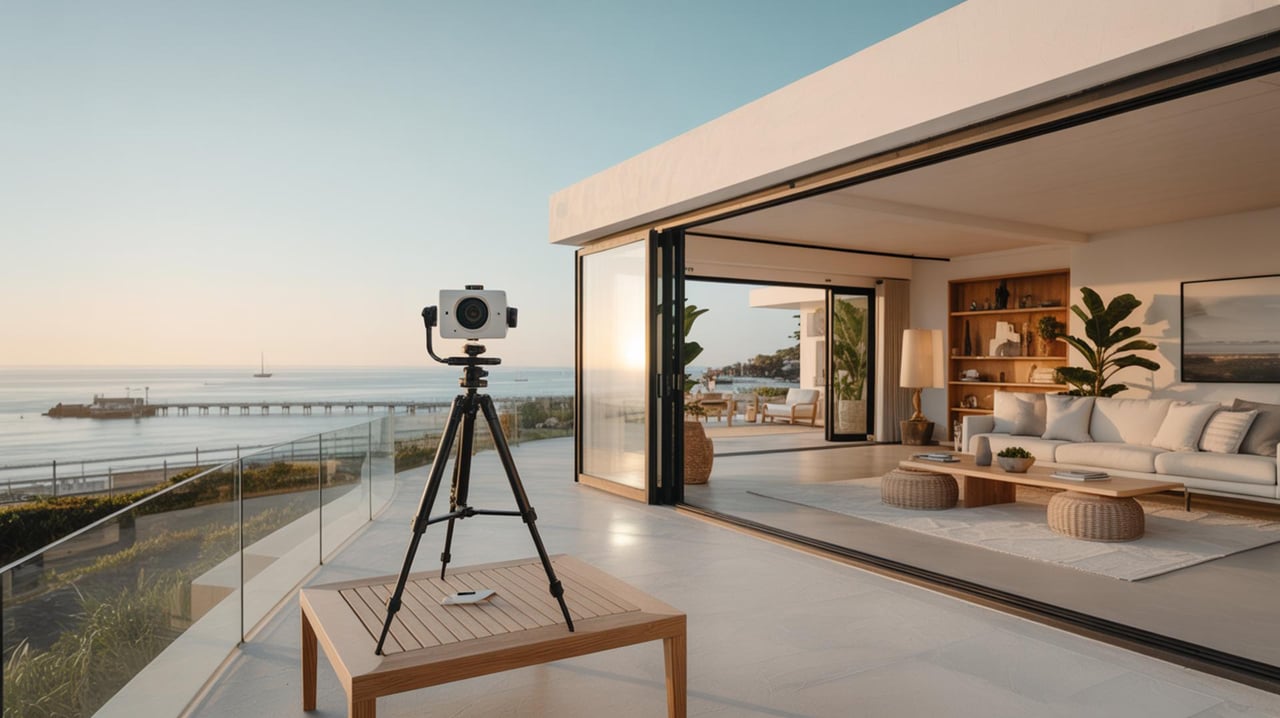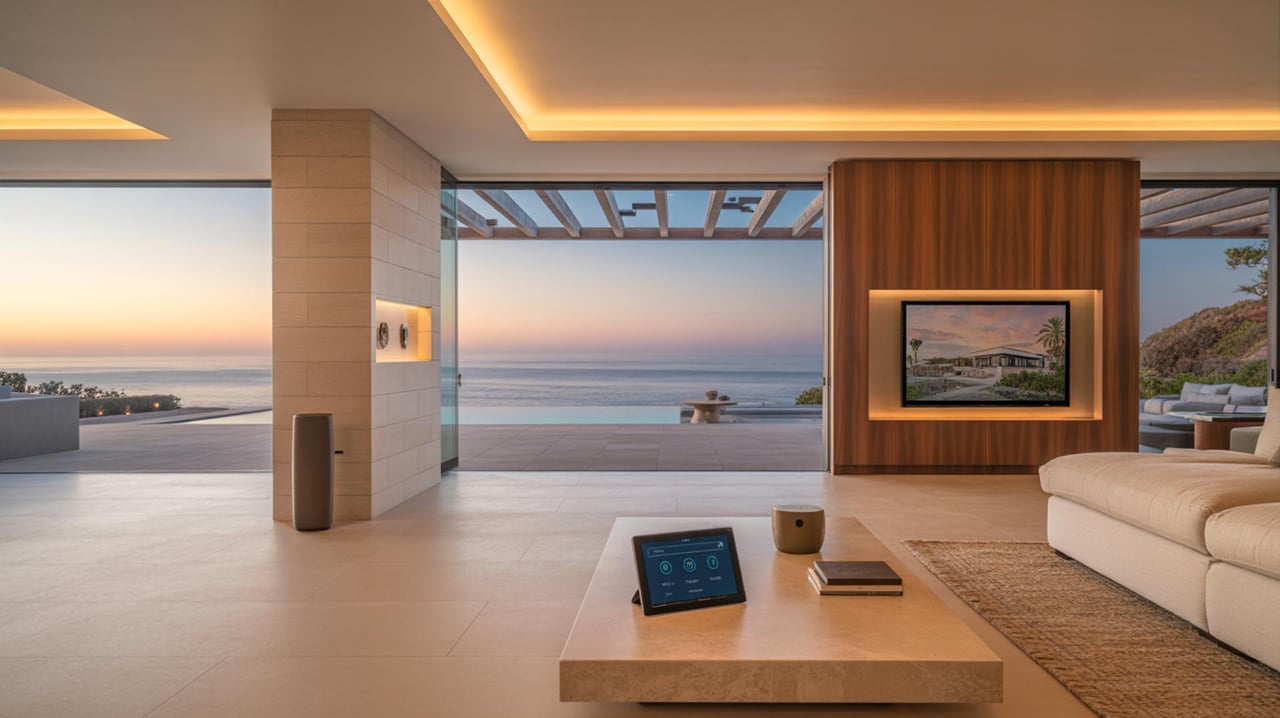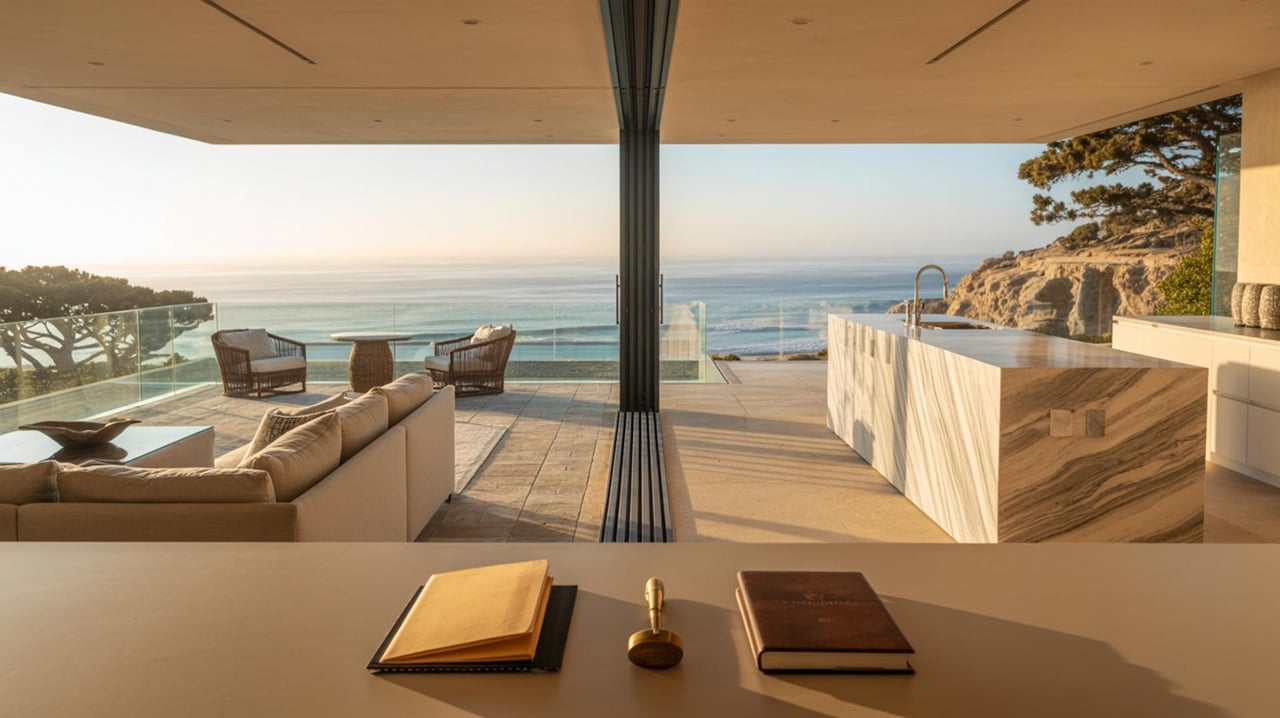Is a Planned Unit Development (PUD) Right for You?
When navigating San Diego’s real estate market, you may encounter terms like Planned Unit Development (PUD), condominium, and Homeowners Association (HOA). While these options may seem similar, there are key differences that impact ownership, lifestyle, and long-term value. Understanding these distinctions—and whether a PUD aligns with your goals—requires thoughtful analysis.
What Is a PUD?
A Planned Unit Development (PUD) is a type of residential community where homeowners own not only their individual property but also a share of common areas, such as parks, pools, or private roads. Unlike a condominium, where homeowners typically only own the interior of their unit, PUD ownership includes the land beneath your home, giving it more in common with owning a single-family house.
Key Differences Between PUDs, Condos, and Standard HOAs
| Aspect | PUD | Condominium | Standard HOA/Single-Family Home |
|---|---|---|---|
| Ownership | Own the home and the land it sits on, plus a share of common areas. | Own the interior of the unit; common areas are jointly owned. | Own the home and land outright; HOA may regulate community rules. |
| HOA Fees | Typically moderate, covering shared spaces and amenities. | Often higher due to shared building maintenance, insurance, and amenities. | Typically lower, covering only limited shared resources (e.g., landscaping). |
| Maintenance | HOA handles shared areas; homeowner maintains their property. | HOA handles both shared areas and building exterior. | Homeowner is responsible for property upkeep; HOA may oversee some shared spaces. |
| Privacy | More private than condos but less so than standalone homes. | Units are attached, with shared walls; less privacy. | Maximum privacy in detached homes. |
| Amenities | Shared amenities like parks and pools. | Typically offers similar or more amenities. | Limited to community-wide amenities, if any. |
How to Determine If a PUD Fits Your Lifestyle
Before deciding on a PUD, consider the following:
- Do You Want More Ownership Control? PUD ownership gives you control over your home and land, offering more freedom than a condo.
- Are Shared Amenities Important to You? PUDs often include pools, parks, and clubhouses that enhance your lifestyle.
- How Much Maintenance Are You Comfortable With? PUD owners maintain their homes while the HOA manages shared spaces.
- Do You Value Privacy? PUDs offer more privacy than condos but less than standalone homes.
Analyzing the Long-Term Value of a PUD
PUDs can offer strong long-term value if the community and HOA are well-managed. Here's how to evaluate their potential:
- Review HOA Financials: A healthy reserve fund ensures future maintenance is covered.
- Evaluate the Community’s Upkeep: Poorly maintained common areas can hurt property values.
- Consider Location: PUDs in high-demand areas like Carmel Valley or Encinitas tend to appreciate well.
- Compare HOA Fees to Services: Ensure the fees align with the amenities provided.
Why Long-Term Value Matters
PUDs combine private homeownership with shared community features, making them appealing to many buyers. However, their value depends on location, HOA management, and market trends. By understanding the differences between PUDs, condos, and single-family homes, you can make a decision that aligns with your lifestyle and financial goals.




